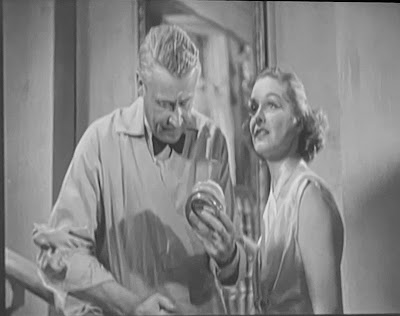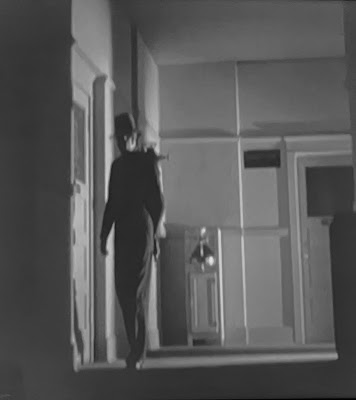One of the topics I bring out from time to time on this blog is film actresses from the state whose careers began before 1960. I've covered some others after that date, too, but today's post fits that group.
One of those pre-1960 actresses is Birmingham native Gail Patrick. A career overview I posted in 2015 is here. In 2019 I wrote about her role as a private detective [really!] in Murder at the Vanities, a truly bonkers 1934 pre-code film. In 2020 I posted about her post-acting career as Executive Producer on the classic Perry Mason TV series and her appearance in the final episode. In 2021 I wrote about her role as the femme fatale in The Maltese Falcon--a radio version, but still....
Now we come to her role in The Preview Murder Mystery from 1936. I watched this one recently on TCM and really enjoyed it. There's a rather interesting framing device--it's a movie about the making of a movie and features quick action, witty dialog and some murders. Director Robert Florey would helm over 50 movies and numerous episodes of TV shows in his long career. By the time he made this one, he had already directed such classics as the Marx Brothers first feature, The Cocoanuts [1929] and Murders in the Rue Morgue [1932].
The film being filmed is "Song of the Toreador", and we get to see some extensive scenes in its preview screening. We also see even longer scenes involving the filming process, so that the cast and crew of "Toreador" are much of the cast and crew of Preview. Very meta. "Song" is a remake of a silent film starring the late husband of Patrick's character, Claire Woodward Smith.
A lot of this film's snap, crackle and pop is courtesy of the performances by and dialog written for Reginald Denny and Frances Drake as they play the studio publicity head and his secretary. A running gag is Denny's constant proposals of marriage, and refusals by Drake, whose character is an astrology nut and keeps telling him the stars are not aligned properly.
Catch this movie if you have a chance. It's only an hour long and is available on YouTube.
Some more comments are below.

























































